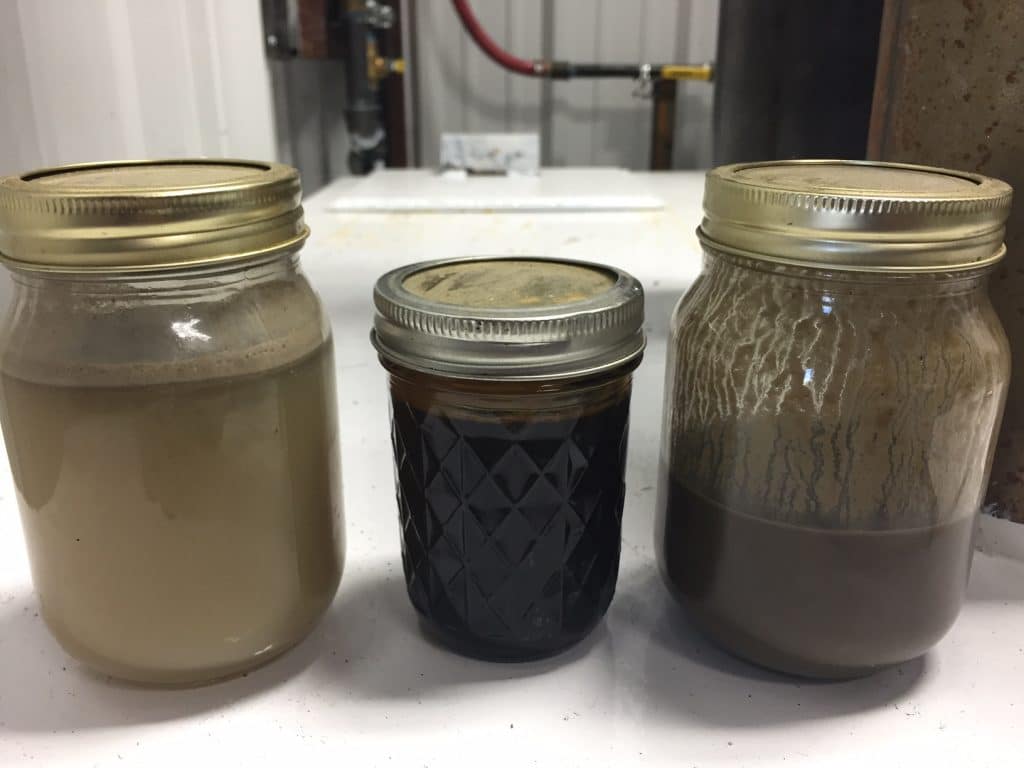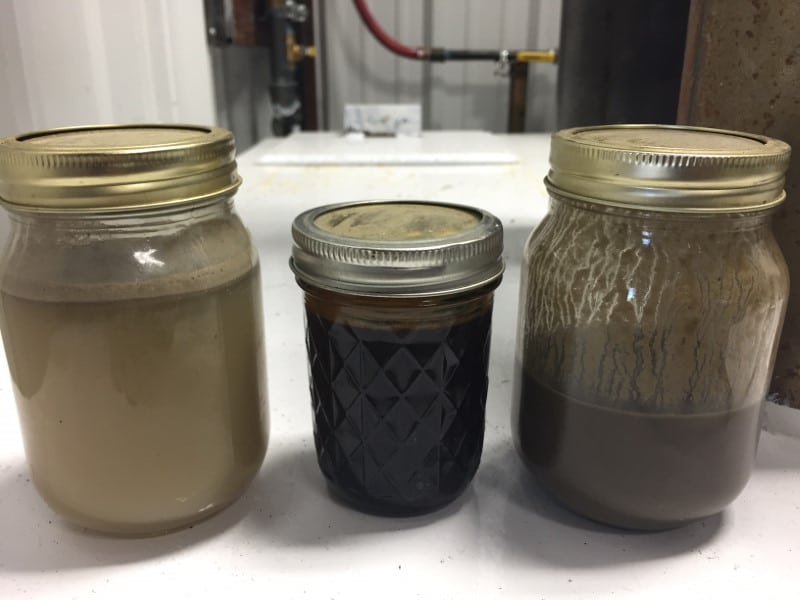
The mind is as equally important as the body. Without the body, the mind cannot do things. Without the mind, the body cannot do things correctly. The entire being of a student should be honed and put to good use. The potentials should be seen and encouraged. Schools have this role and in doing all of these, they need to have a conducive environment. Maintaining an environment fit for education is a challenge for administrators. It depends on their themes and missions but basics remain—cleanliness and order.
Schools are incomplete without canteens. The school canteen is the department that supplies the nutrients needed to make it through each school day. There are many activities in school and students should have the needed energy to accomplish their tasks. Whether it’s curricular or extra-curricular activities, the school canteen is always there to bring comfort foods to students and staff. This is why it’s vital for the canteen to keep up with the latest menus and even come up with creative ones that will provide the nutrients in livelier meals. More students mean more meals to be prepared. More meals mean more FOG (fats, oils, grease). The FOG crisis is worsening and the schools are heavy contributors to it.
The grease trap ordinance requires the school administrators to have grease traps installed in their premises. The traps should be issued with permits and should be regularly maintained. Inspection should be done before the grease trap is installed. It would be better if the manufacturer sends a crew to install the grease trap professionally. After the installation, inspection should again be performed to make sure that there are no damages that could lead to leaks in the near future.
School grease trap reduction is a very important task placed on the shoulder of the school administration. The US is suffering from the FOG crisis and it needs every school’s cooperation in this endeavor. To make this possible, the students and the faculty should help in properly disposing of the FOG when they eat at the canteen. There should be special leak proof receptacles that should contain the collected grease in the leftovers after every mealtime. These receptacles could then be disposed of with the regular trash. In the kitchen, the sinks used for washing these dishes and cooking equipment should have strainers and fine meshes to filter out the small bits of grease or food left. These methods could significantly make school grease trap reduction much easier to accomplish.
Bacteria should also be used in school grease trap reduction. These are very primitive yet very efficient organisms that eat voraciously so that they may fuel their survival and reproduction. Bioremediation makes use of non-pathogenic or “friendly” bacteria while bio-augmentation uses a special strain of bacteria in eliminating FOG and other contaminants in the grease trap. As bacteria take action, they also get rid f the foul odors. Bacteria are all-natural and organic. They don’t have chemical discharges that pollute the environment. The use of chemicals and enzymes should not be encouraged anymore because they just make things worse by emulsifying the FOG.
School grease trap reduction is achievable especially when cooperation is involved and bacteria are used.
